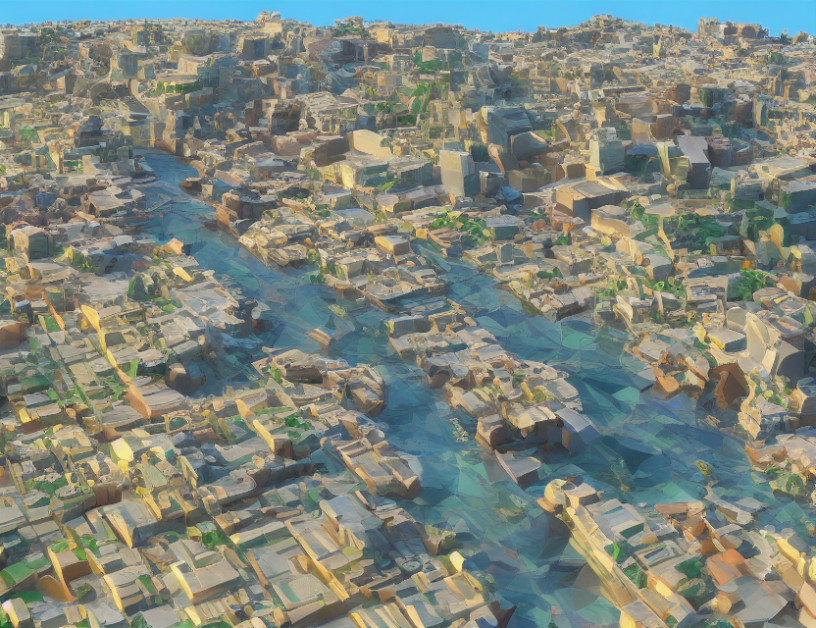In this article, the authors aim to improve the quality of generated images using transformer models, which are popular in text-to-image synthesis tasks. They propose a new technique called "Taming Transformers," which enhances the performance of transformer models by incorporating domain knowledge and controlling the generation process.
The authors argue that transformer models have limitations when generating high-resolution images, such as over-smoothing and lack of spatial control. To address these issues, they introduce a new architecture that combines transformers with traditional computer vision techniques. The proposed model, called Taming Transformers, consists of two stages: an image generation stage and a refinement stage.
In the image generation stage, the authors use a transformer to generate a coarse image, which is then fed into the refinement stage. In the refinement stage, the authors apply a series of operations to enhance the generated image, such as edge preservation and texture synthesis. The authors also introduce a new technique called "Spatial-spectral Regularization," which helps the model generate images with better spatial control and structure.
The authors demonstrate the effectiveness of their proposed method on several benchmark datasets, achieving state-of-the-art results in terms of image quality and diversity. They also show that Taming Transformers outperforms other state-of-the-art methods in terms of computational efficiency, making it a more practical solution for high-resolution image synthesis tasks.
In summary, the authors of this article propose a new technique called Taming Transformers to improve the quality and control of generated images using transformer models. By combining transformers with traditional computer vision techniques, they are able to generate high-quality images with better spatial control and structure. The proposed method demonstrates promising results on several benchmark datasets and has important implications for a wide range of applications in computer vision and machine learning.
Computer Science, Computer Vision and Pattern Recognition
Text-to-Image Synthesis: A Comprehensive Review of Recent Approaches and Techniques



